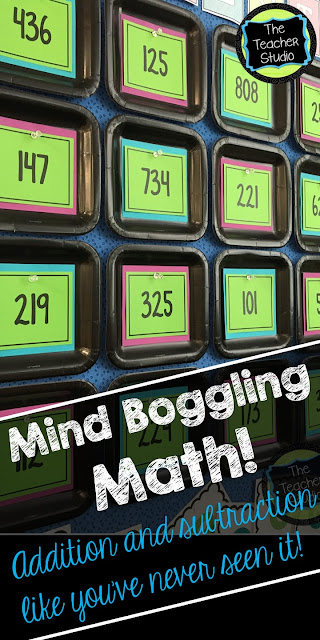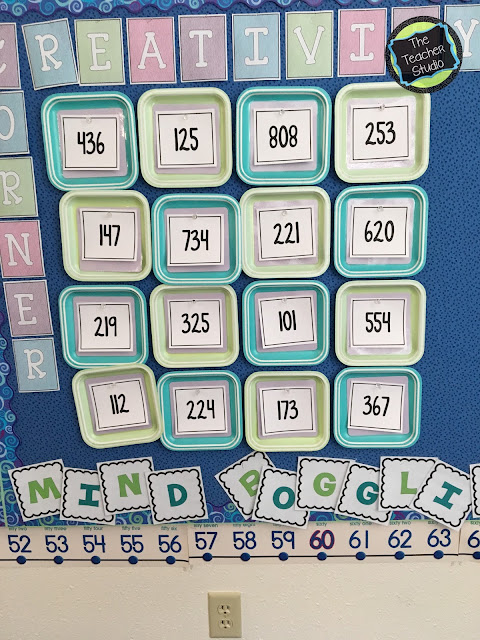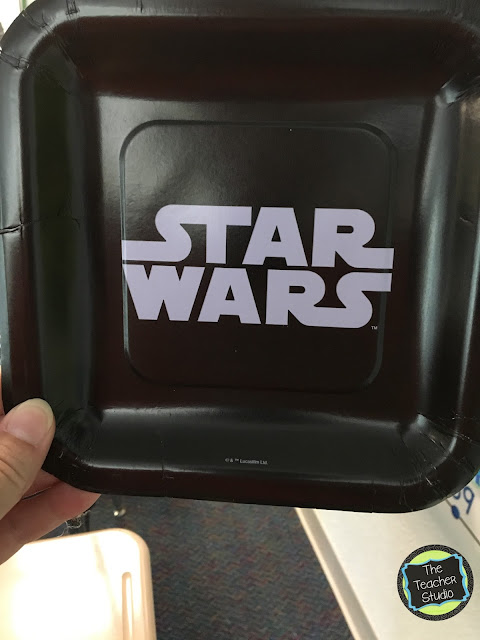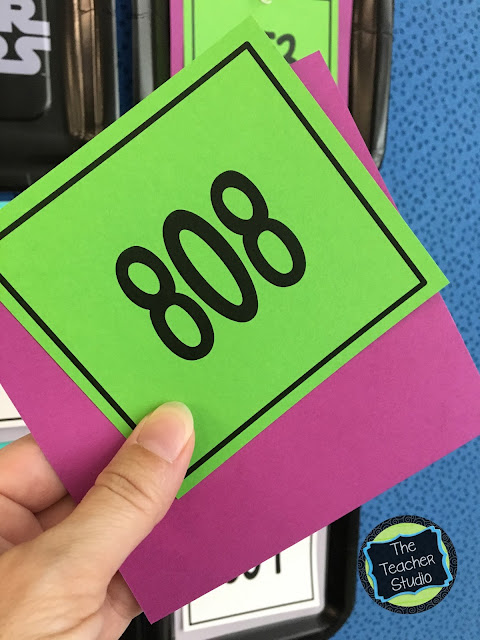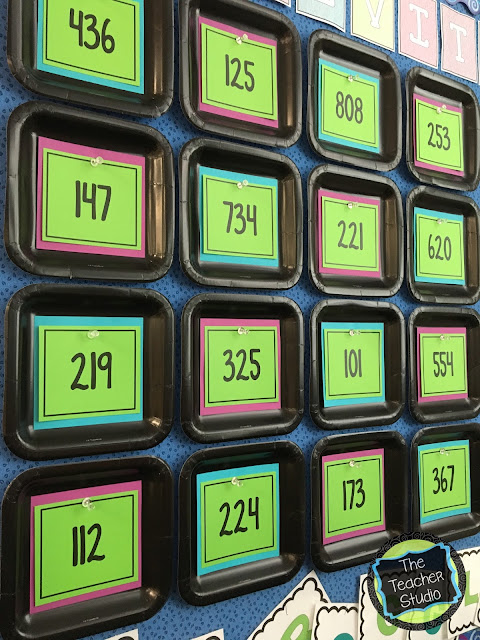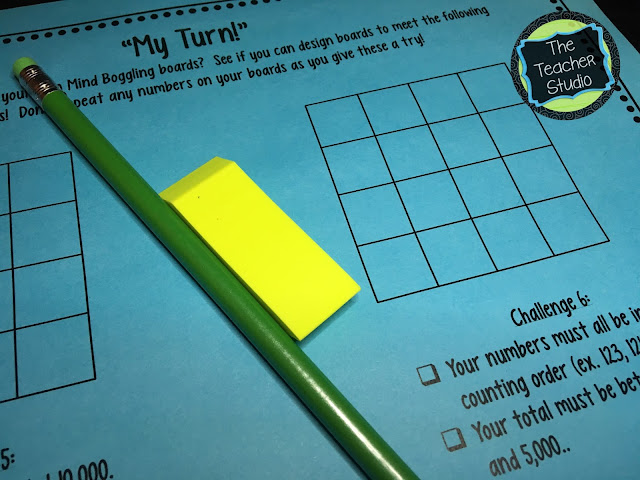I know I talk about problem solving and word problems a TON, but I wanted to share briefly today about possibly “rethinking” the term problem solving a little bit. If we are wanting students to be able to make sense of the mathematical world around them, word problems can certainly help provide “real world” contexts for applying math. My students solve word problems DAILY, and I am a huge believer in giving students a variety of rigorous problems to work on independently and collaboratively. If you are short of word problems, check out the zillions I have in my store by clicking on the “word problem” custom category on the left side of my store!
Instead today I want to take a peek at a few phrases lifted directly from the Standards for Mathematical Practice–and even if you do not teach in a Common Core state, I am hopeful that you will embrace these 8 essential “best practices” for math instruction. Take a peek at these two phrases for just a minute.
“Mathematically proficient students start by explaining to themselves the meaning of a problem and looking for entry points to its solution. They analyze givens, constraints, relationships, and goals. They make conjectures about the form and meaning of the solution and plan a solution pathway rather than simply jumping into a solution attempt.”
“Mathematically proficient students check their answers to problems using a different method, and they continually ask themselves, ‘Does this make sense?'”
As you can see, at no point does this say “word problem”…consider the following problem. This is certainly not a “word problem” as we typically think about them…it’s more a mathematical “situation” where students are asked to find a way to use what they know about numbers, addition, subtraction, and estimation to find a solution (or more than than one!). Let’s cross check it with those two phrases from the standards.
Do you see what I mean? This problem is a perfect example of a problem that provides students with a ton of opportunity to apply what they know about math–without a word problem! (By the way…this is a part of my perseverance freebie in my store. Just CLICK HERE to grab it and try it with YOUR students!)
I want to show you another way I try to help my students understand that problem solving is far more than simply solving word problems. Because I start the year reviewing the addition algorithm, finding a way to kick that skill up a notch–in a way that will challenge even my “gifted-est” students was a goal of mine a few years back…I wanted something that would give TONS of math practice, have multiple solutions, be perfect to work on alone or collaboratively, have multiple levels, and need NO teacher assistance. Sounds easy, right?
It wasn’t–but once I got going, I found something that I thought would work–and it was MAGIC! Not only did it accomplish all of the above, but it gave me a perfect opportunity to work with my students on having a growth mindset (need to know more? CLICK HERE!). Many of my top students come in not super used to struggling…and it really and truly is an essential skill to learn how to manage. Let me show you what this involves. First of all…the thought of writing this blog post made me realize that I hadn’t changed this bulletin board in 3 years. So that had to happen first. From this…(wish you could see how faded it all is!)
To these fantastic plates (by they way, I’ve never seen a Star Wars movie. Ever. Any of them.)..
To a new color palette…
To THIS! I am SO much happier now…and feel I can continue with the blog post now!
OK. So what IS this, anyway? This is my “Mind Boggling Math” board…a perfect activity for the start of the year (and then for students to work on all year at their own pace). The only “skill” they need is addition with regrouping–and perseverance!
I do have a few students for whom these are still a little too much–so made a 2 digit version too and can make calculators available as a scaffold–that way they still get the problem solving experiences without the computation issues–I can work on the computation separately. This is a GREAT way to build that culture for math learning in your classroom…and because it can be done so independently (once you have talked through it), it can be a great way to find time in those first weeks of school to pull some some groups, pull students one at a time to assess, or just walk around and coach and observe. See what you think! I already have mine printed and ready to put into my students’ challenge folders. While my students work on this, I plan to pull them one at a time to do their fact interviews to help me get a handle on what they might need in terms of intervention in that area.
If you want to try that freebie above, just click the image below.
Here are the three Mind Boggling Math resources I have in my store…the “original”, a money (addition with decimals) version, and a grades 2/3 (two digit) version. See what you think–and if you try it, I’d love to hear your thoughts! What can YOUR students learn about persevering and problem solving?!


